Color flashcards are a fantastic educational resource for young learners, offering a visually engaging way to introduce and reinforce the concept of colors. These cards are versatile, easy to use, and perfect for both classroom and at-home learning. In this article, we’ll explore the benefits of using color flashcards, creative ways to utilize them, and how to create your own set to make learning fun and effective.
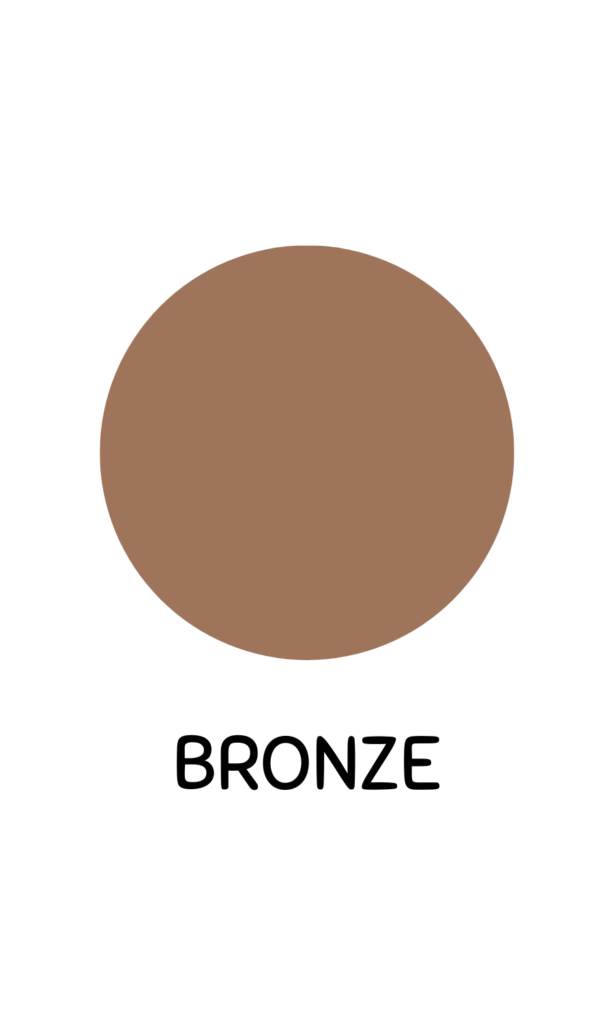
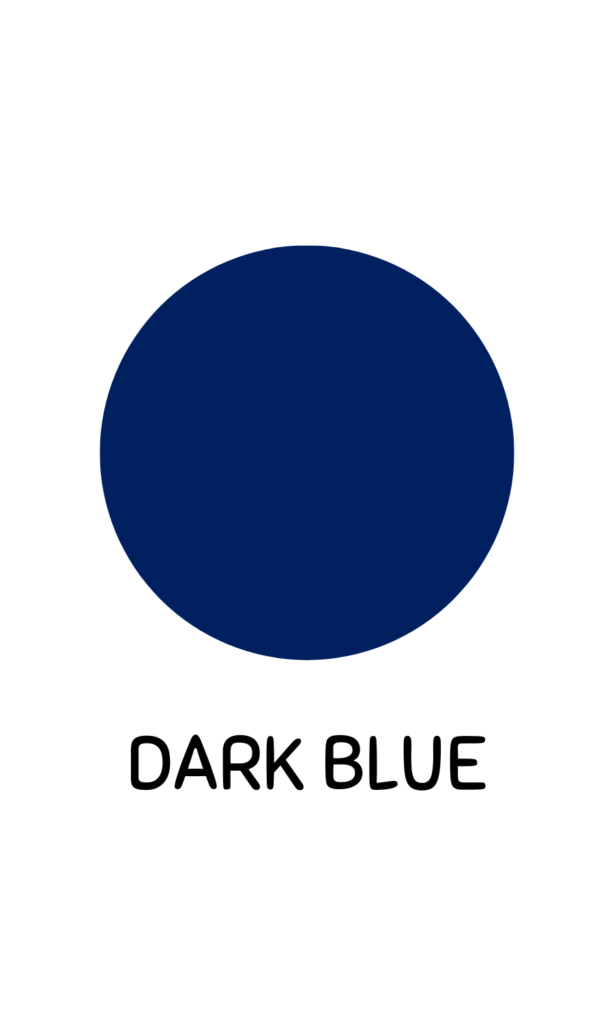

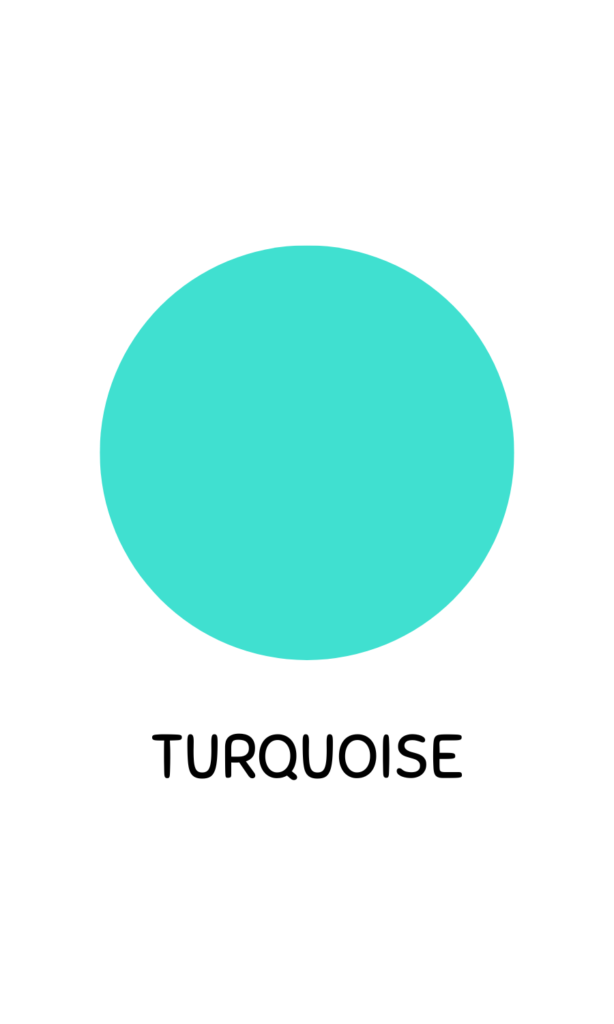
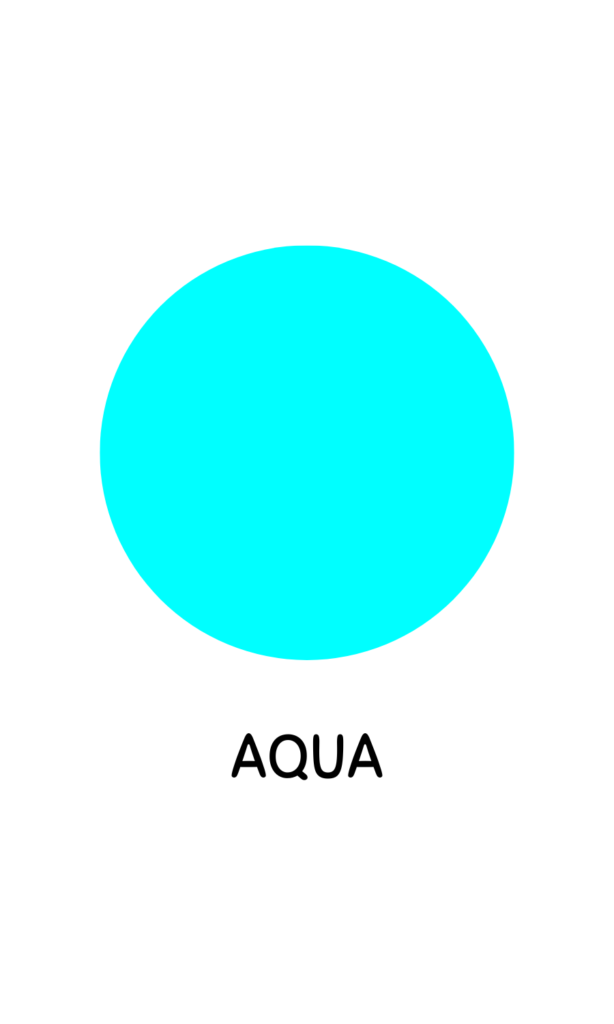
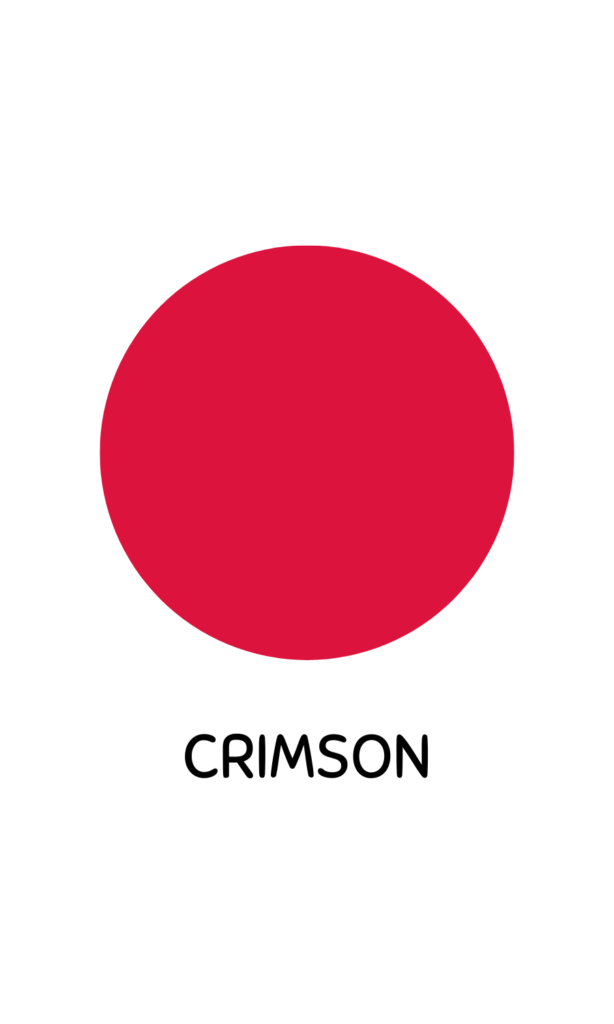
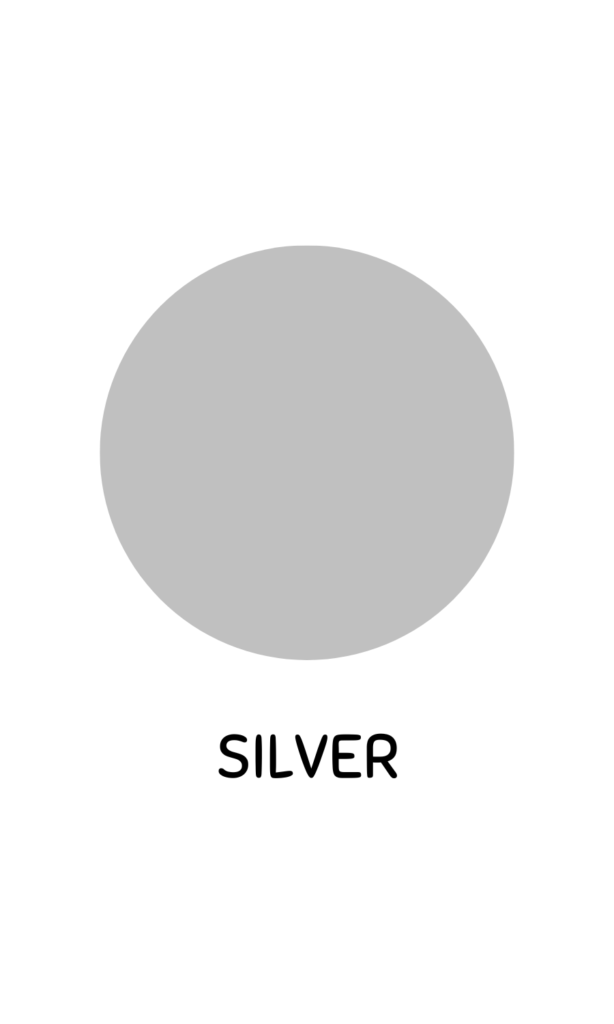
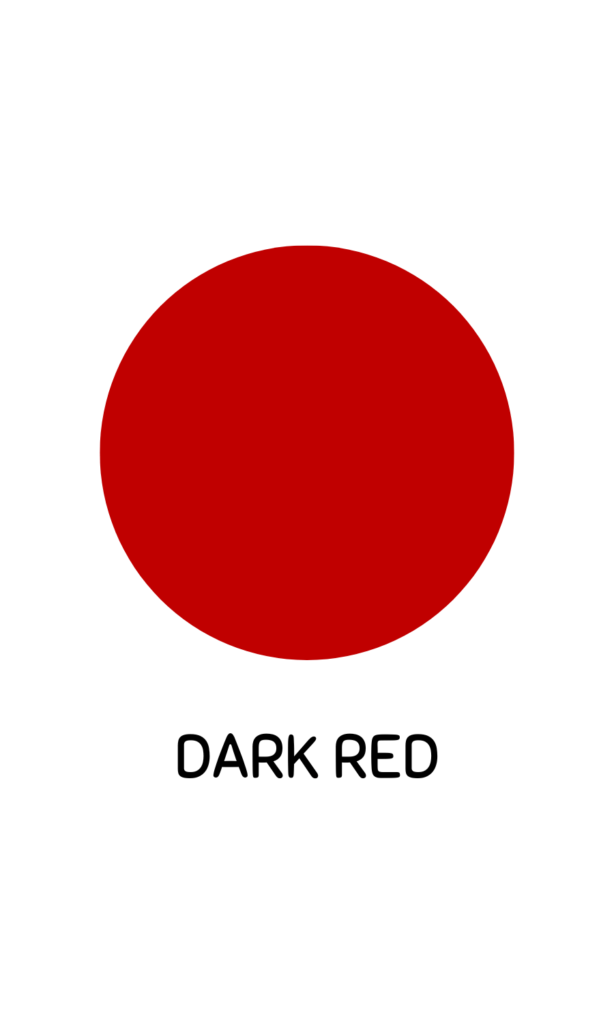
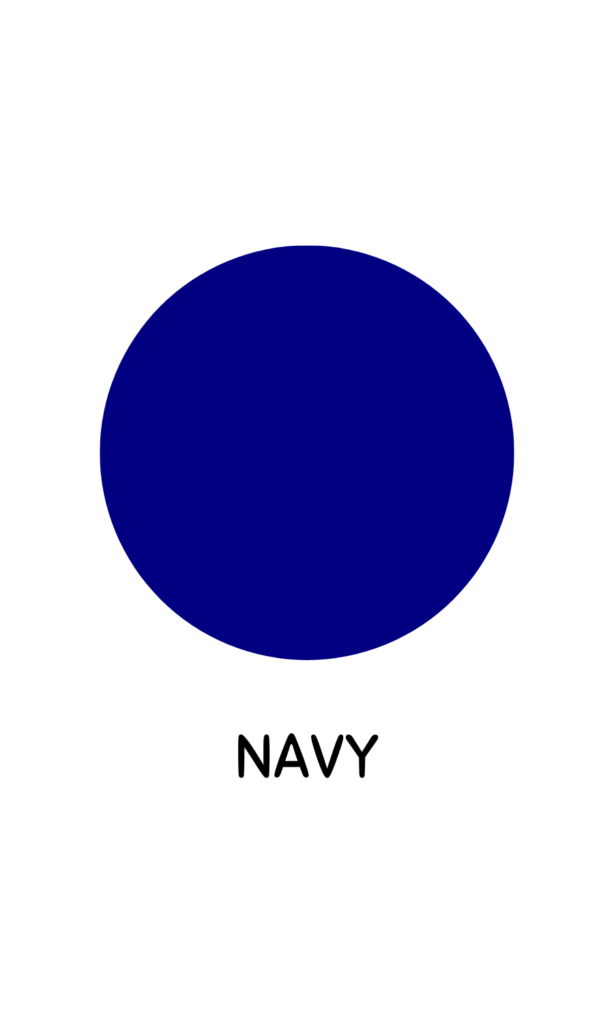
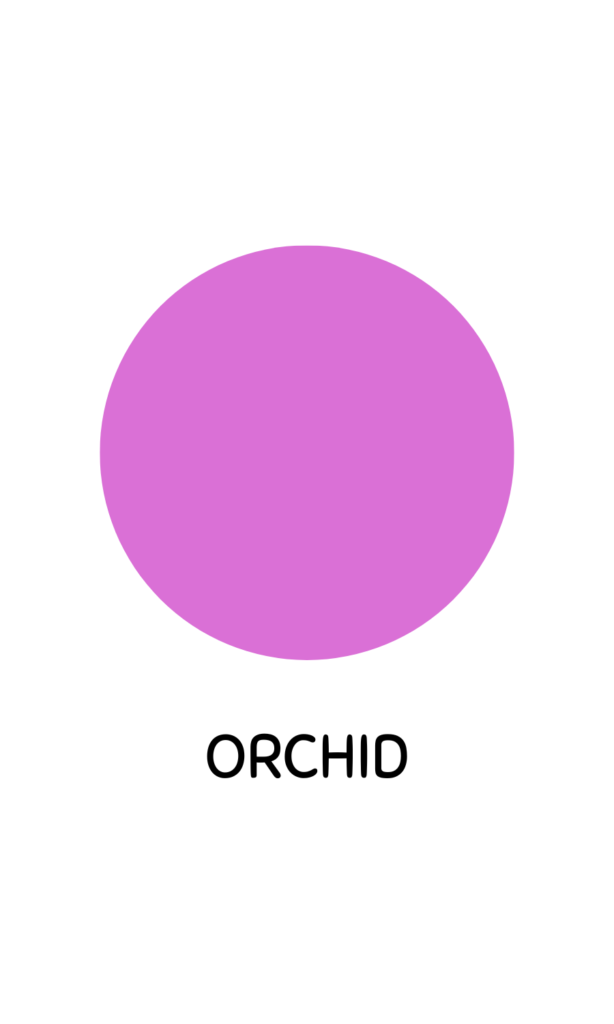
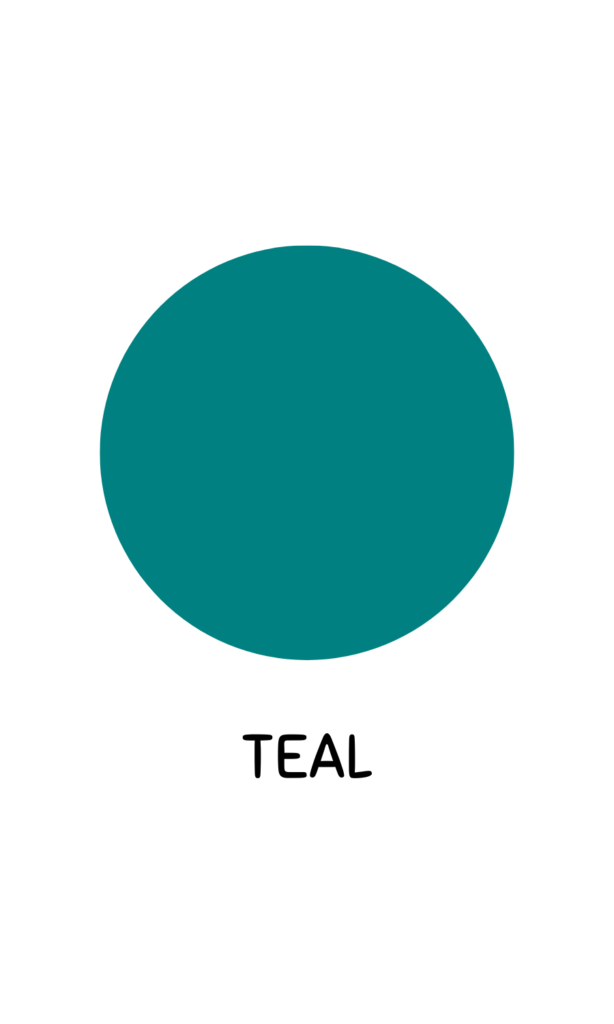

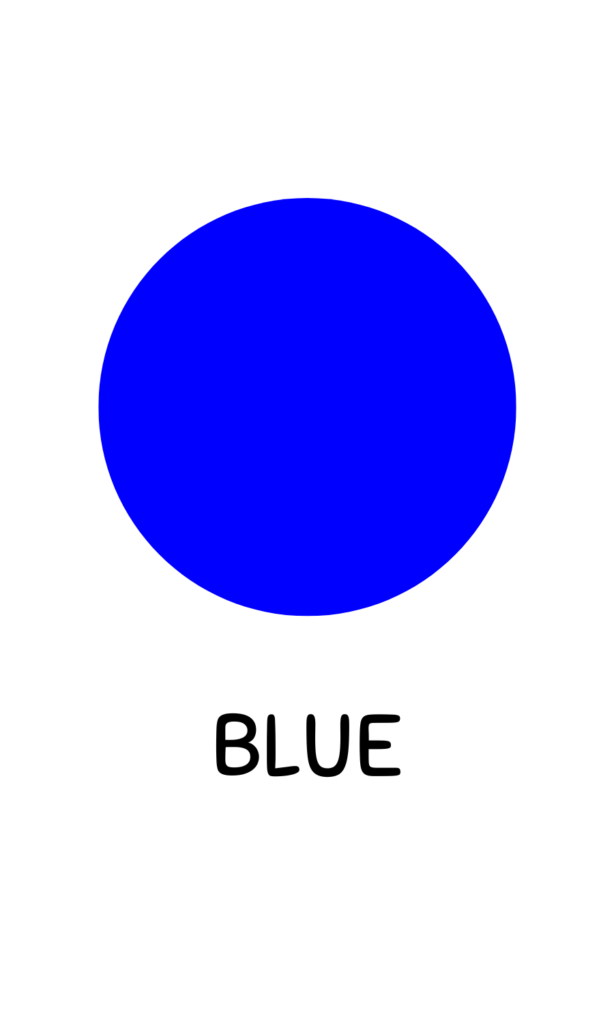
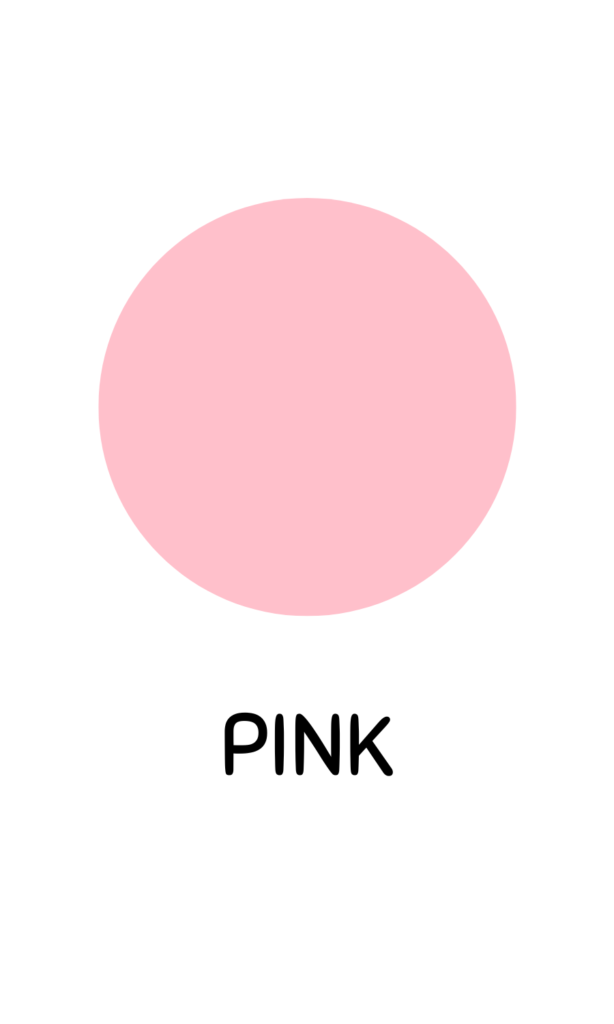
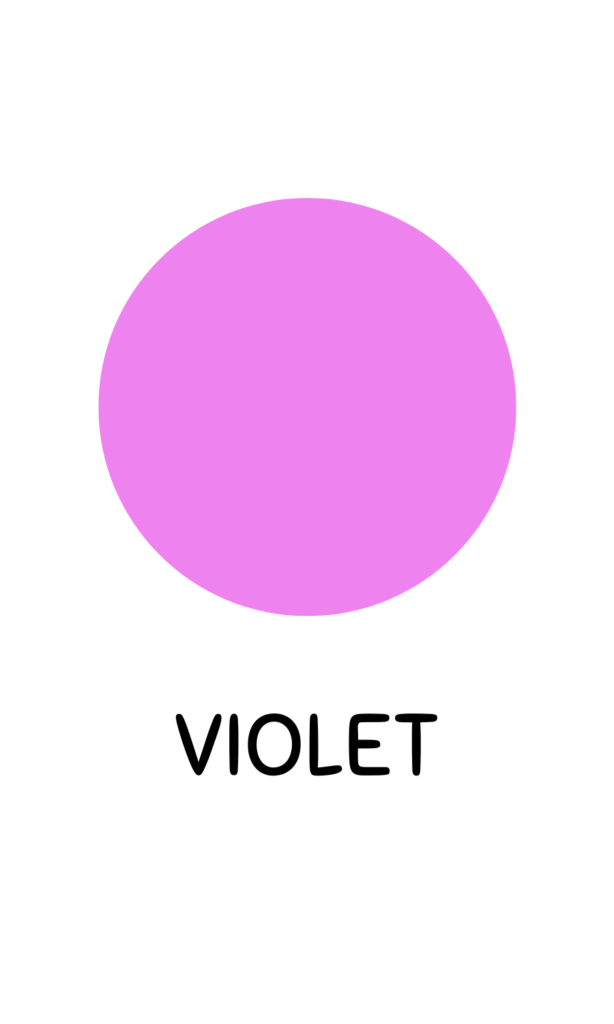
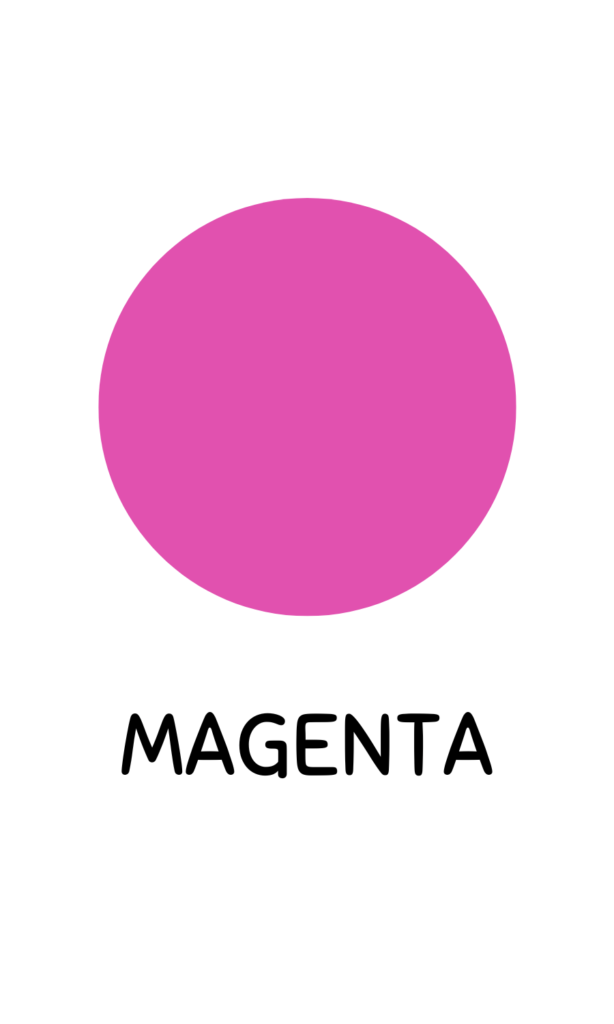
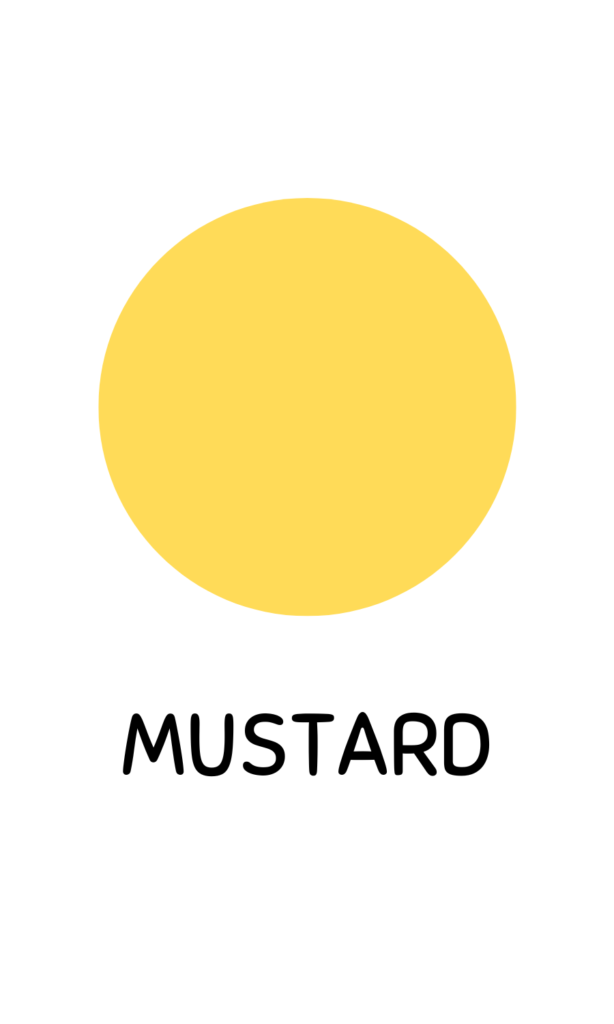
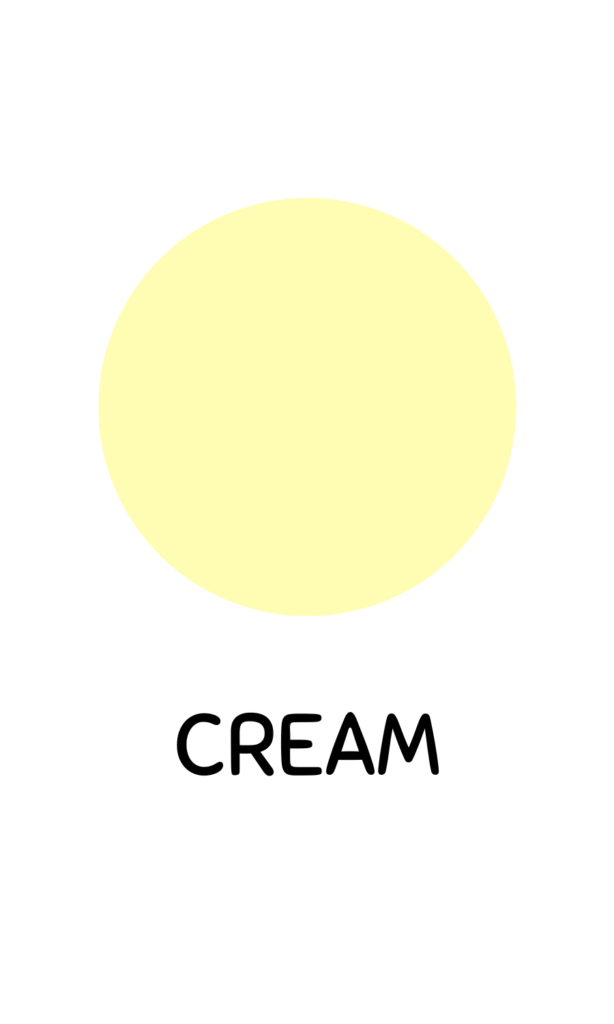
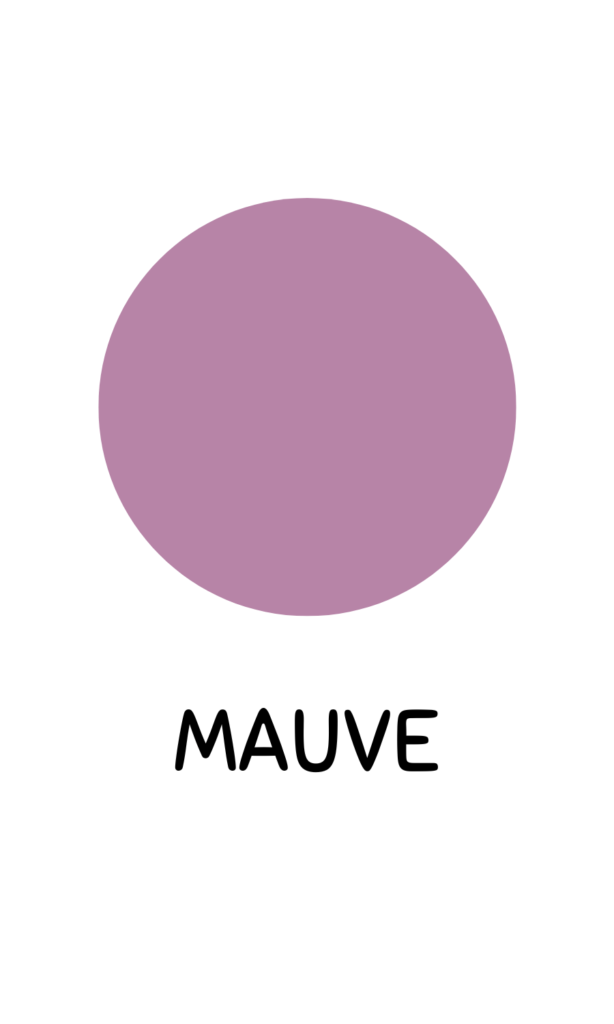
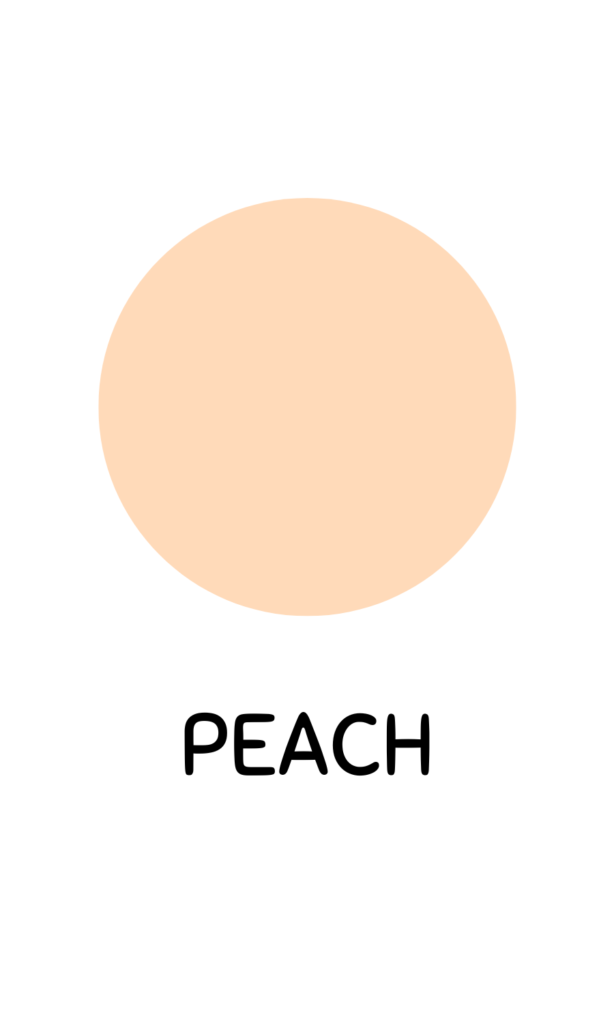
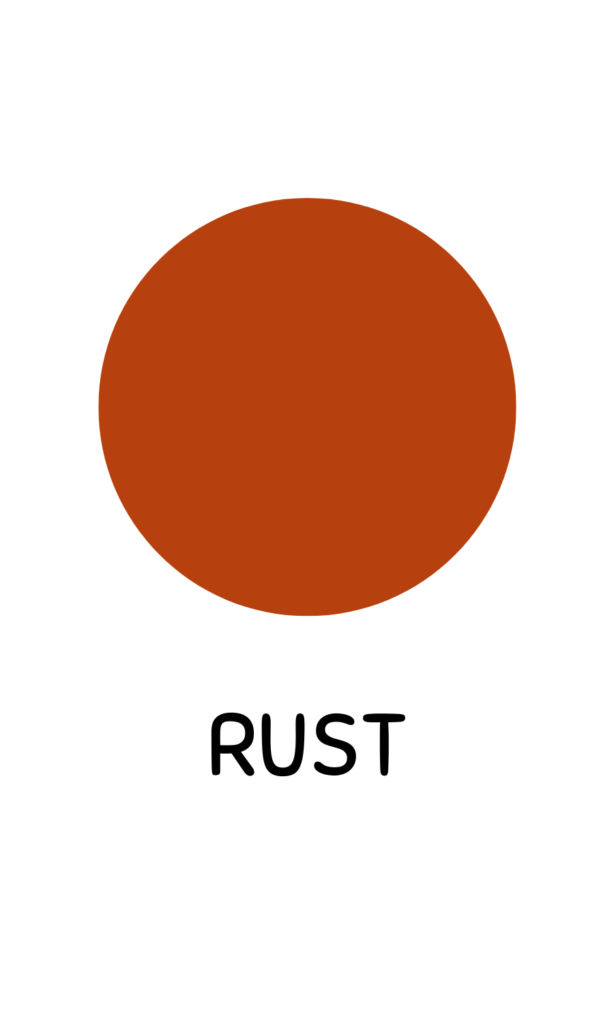
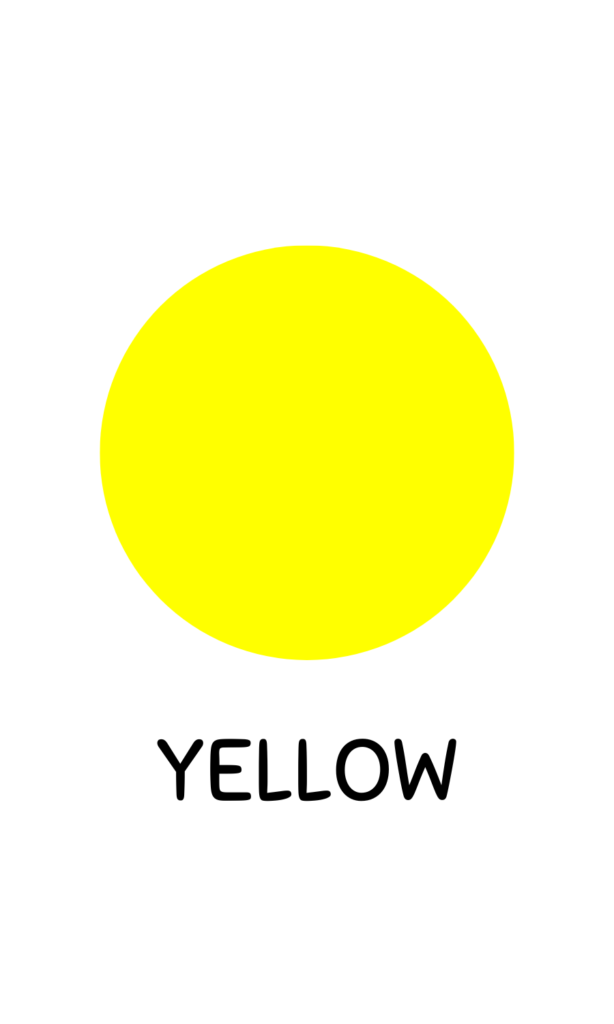
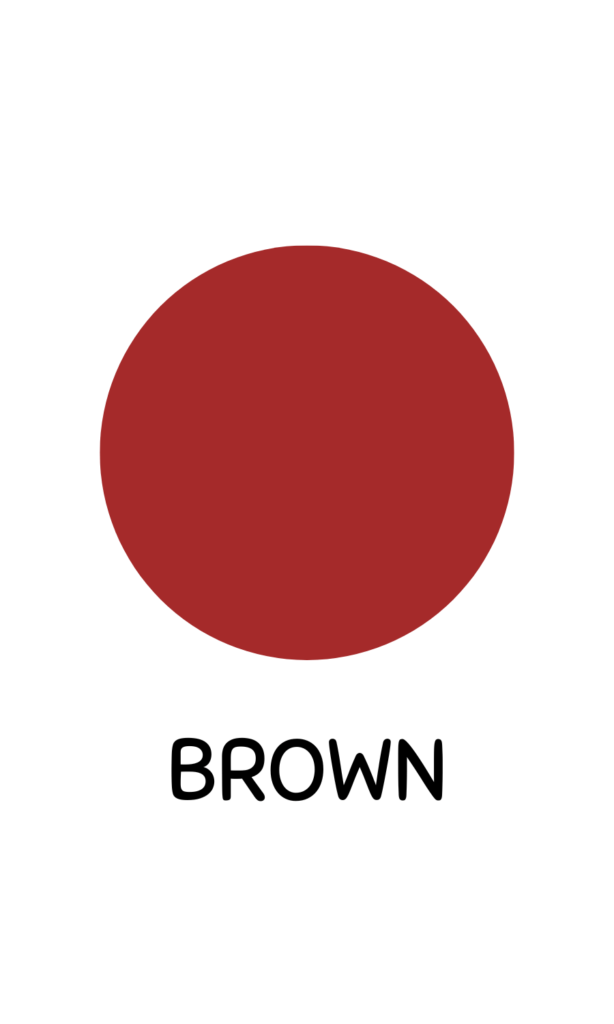
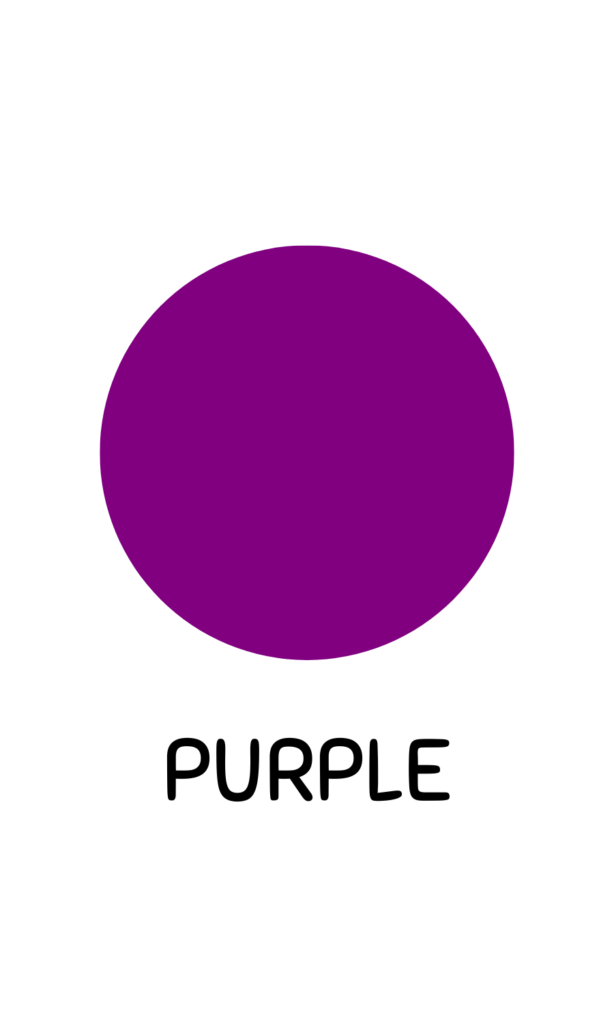
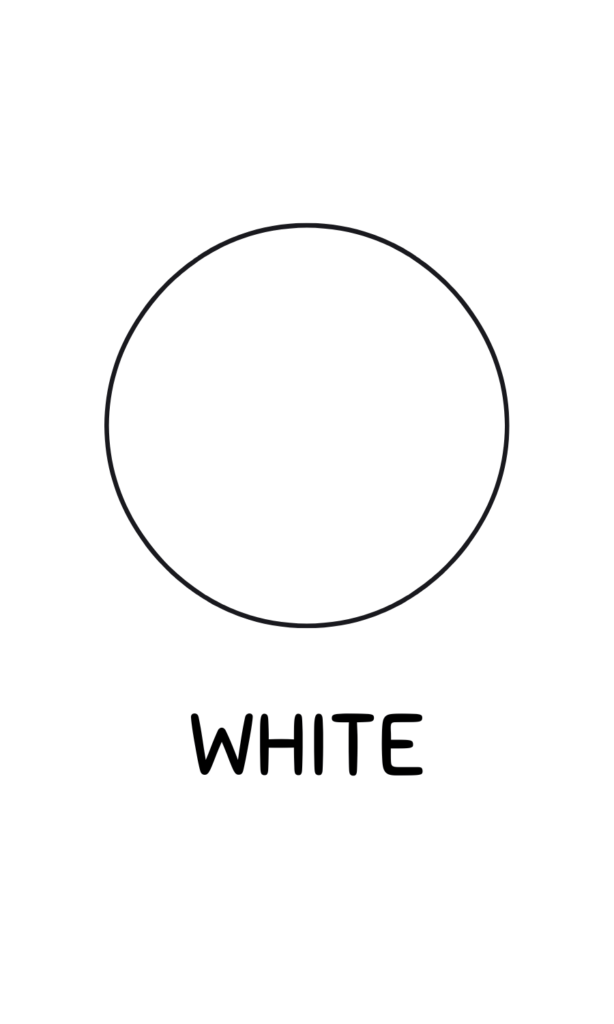
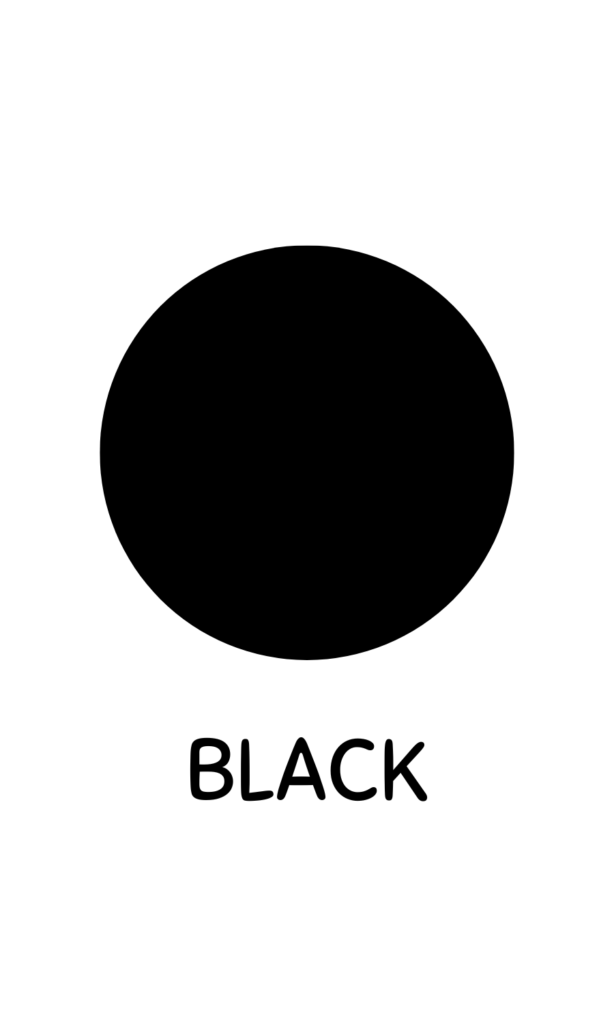
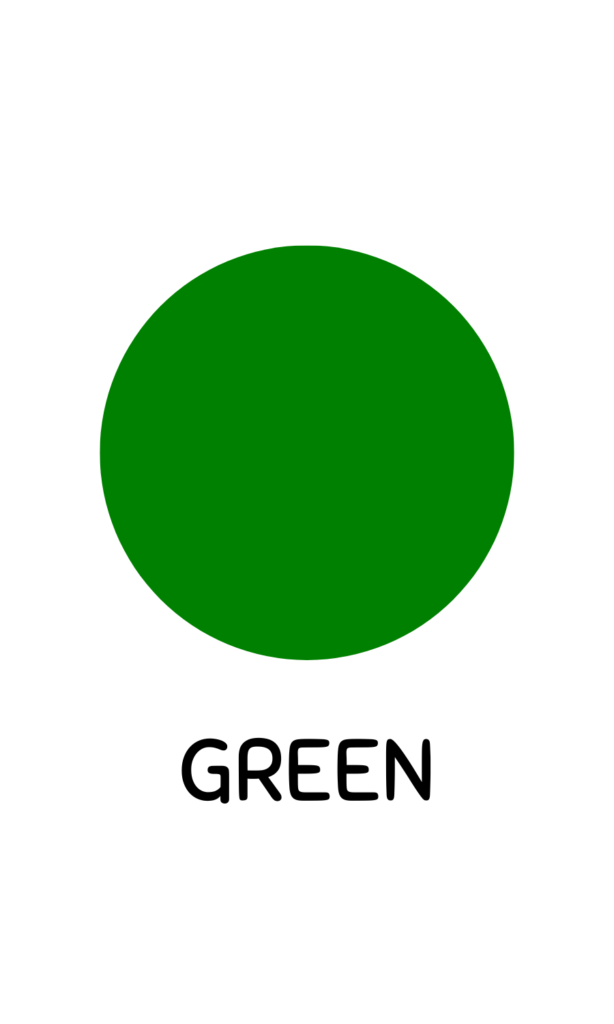
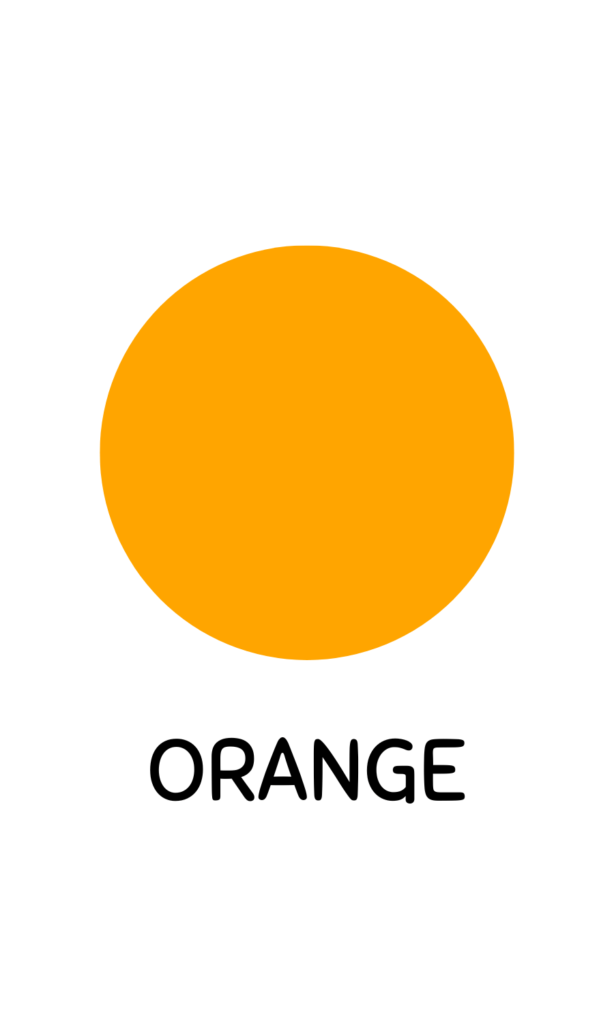

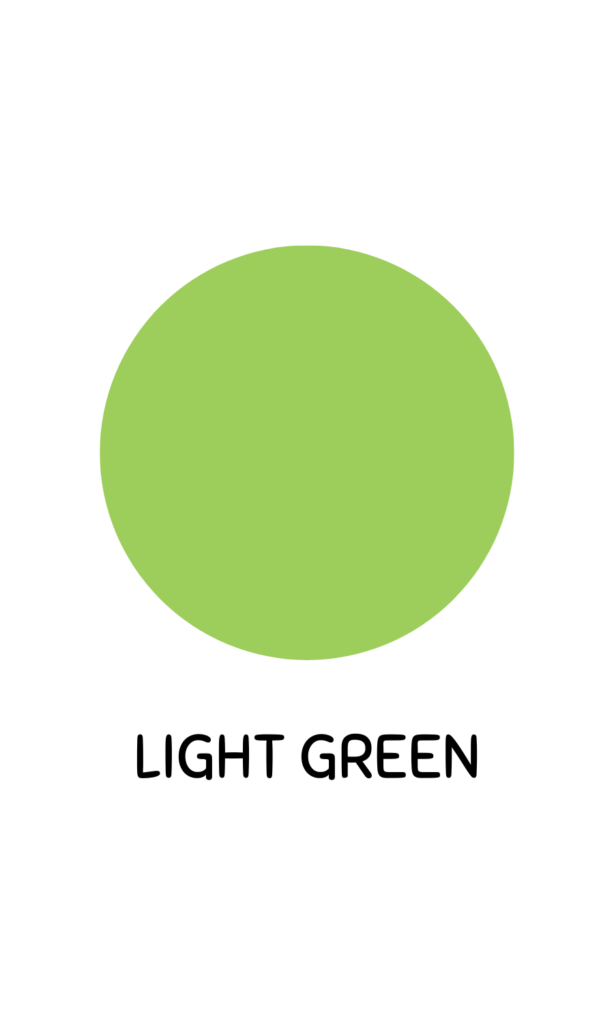
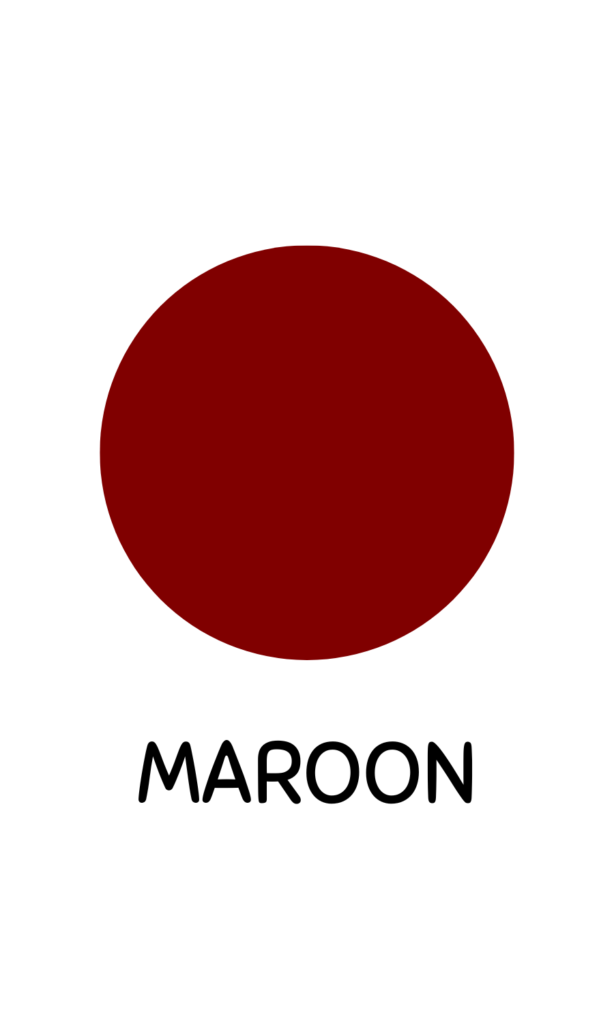
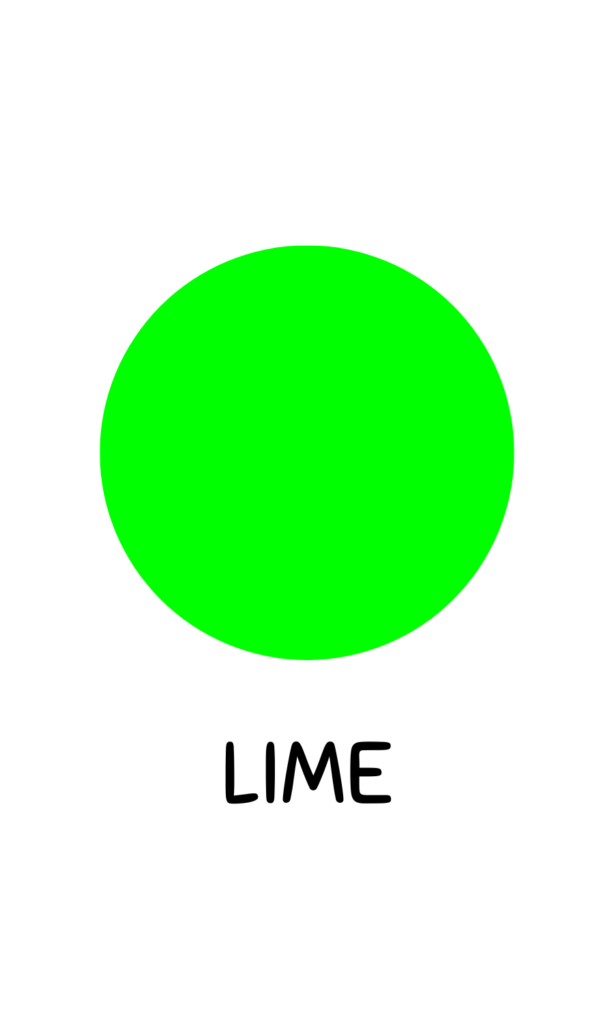
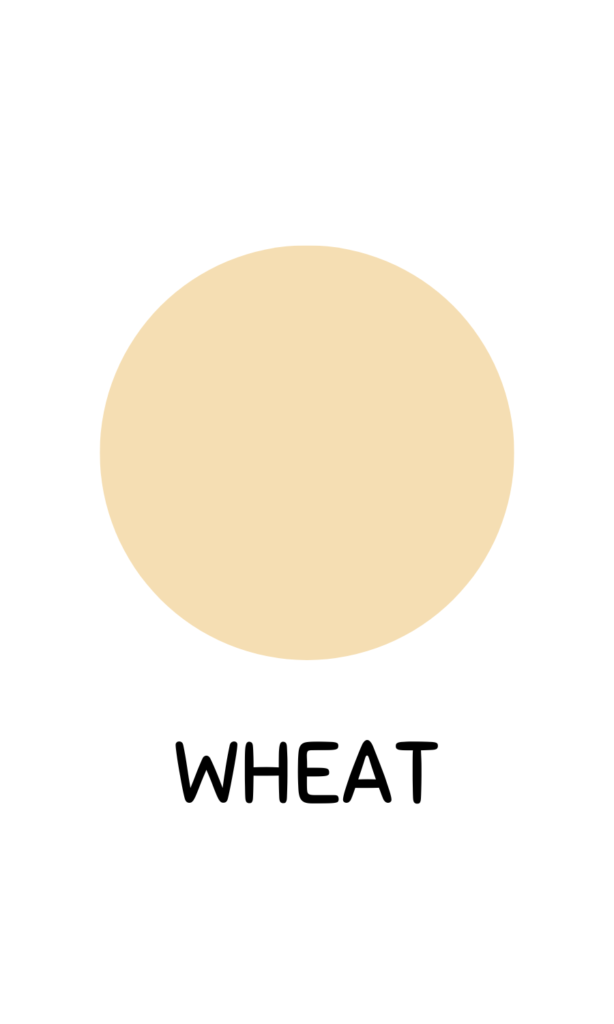
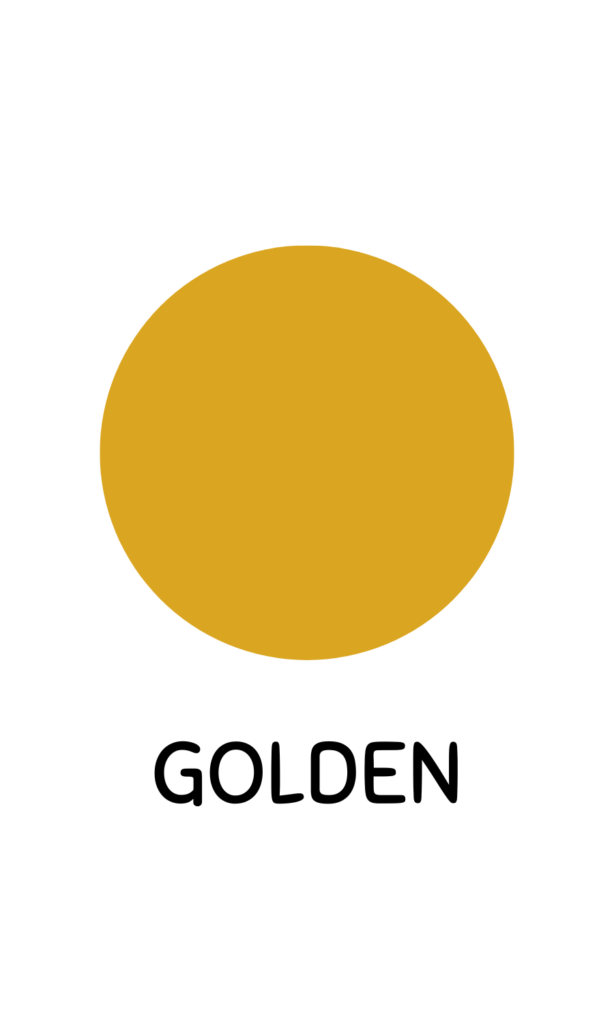
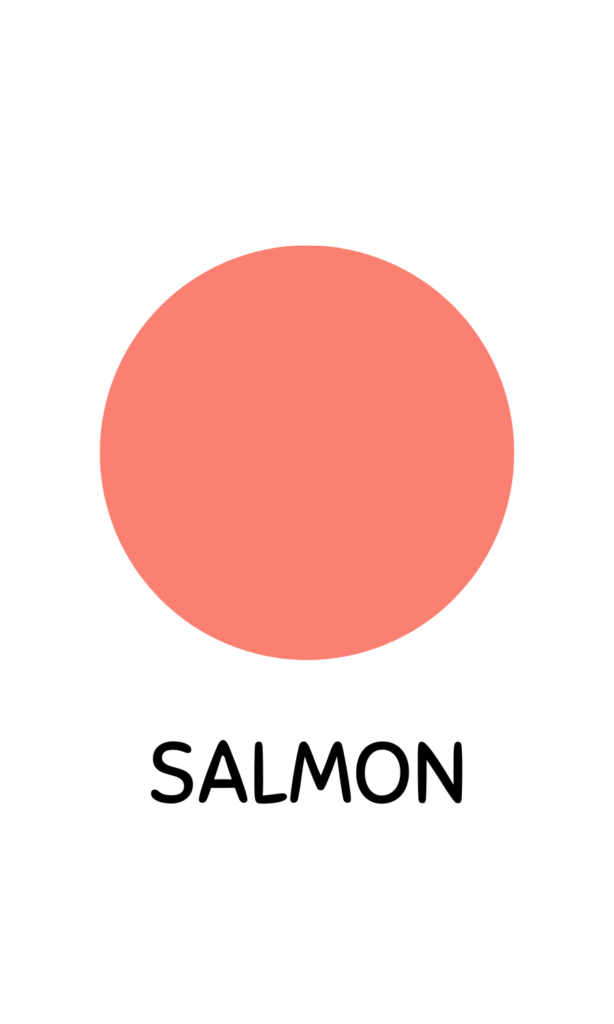
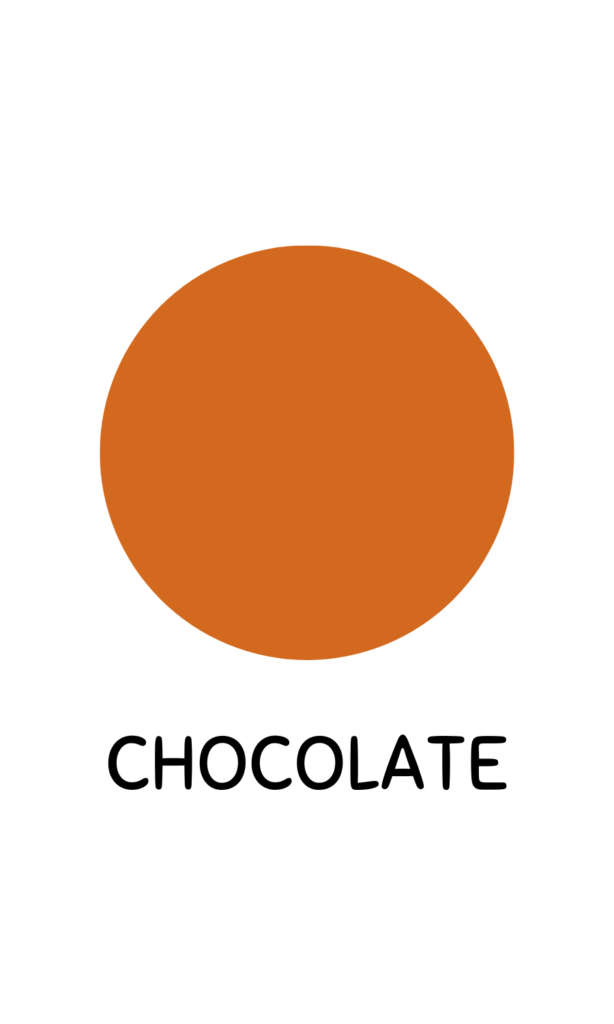
Why Use Color Flashcards for Kids?
Learning colors is a foundational skill that helps children identify, categorize, and describe the world around them. Flashcards make this process interactive and enjoyable. Here are some key benefits:
1. Visual Stimulation
Color flashcards use bright and vivid images that grab children’s attention, keeping them engaged during learning sessions. The visual appeal makes it easier for kids to remember and recall colors.
2. Cognitive Development
Using flashcards helps children develop their memory, concentration, and recognition skills. Matching games or quizzes with these cards can improve problem-solving abilities and cognitive flexibility.
3. Language Skills
When paired with verbal cues, color flashcards enhance vocabulary development. Children learn to associate the visual color with its corresponding name, helping them build language skills.
4. Versatility
Color flashcards can be adapted for various learning levels. From basic color recognition for toddlers to activities like sorting and pattern-making for older kids, the possibilities are endless.
Creative Ways to Use Color Flashcards
Flashcards aren’t just for flipping through; they can be incorporated into games and activities to make learning dynamic. Here are some fun ideas:
1. Color Matching Game
Place flashcards and corresponding objects (like blocks or toys) on a table. Ask the child to match each object to the correct flashcard. This activity strengthens color recognition and fine motor skills.
2. Scavenger Hunt
Hide flashcards around the room and give clues to find them. Once a child discovers a card, have them identify the color and find an item in the room that matches it.
3. Sorting Activities
Provide a variety of items in different colors. Use flashcards as labels and encourage kids to sort the items by color. This activity promotes categorization and organizational skills.
4. Color Spelling Bee
Challenge kids to spell the names of the colors on the flashcards. For younger children, simplify the activity by helping them say the first letter of the color.
5. Rainbow Order
Mix up the flashcards and have children arrange them in the order of a rainbow (red, orange, yellow, green, blue, indigo, violet). This teaches color sequencing and reinforces the concept of rainbows.
Using Color Flashcards in Special Education
Color flashcards can be particularly beneficial for children with learning differences or developmental delays. They offer a structured and repetitive way to learn, which can be calming and effective. Additionally, tactile flashcards—featuring textures—can engage children with sensory processing needs.
Conclusion
Color flashcards are an invaluable tool for teaching kids about colors in a fun, interactive, and memorable way. Whether you create your own, download printable versions, or purchase ready-made cards, the key is to make learning engaging and consistent. With a little creativity, you can turn a simple set of flashcards into a gateway for cognitive, linguistic, and emotional growth. Start using color flashcards today and watch your child’s world become a little brighter!

